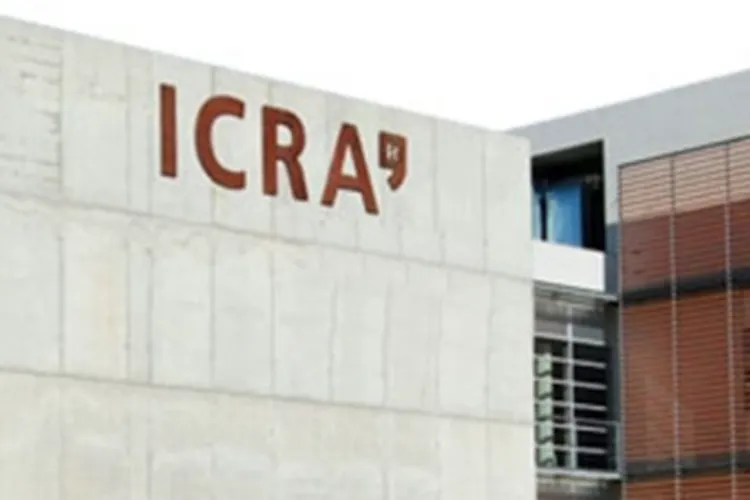
New Delhi
The credit profile of India Inc. improved for the fourth consecutive year in FY2025 driven by a healthy growth in profits, according to an ICRA report released on Tuesday.
“ICRA’s rating upgrades consistently outnumbered downgrades during this period by at least two to one. In the just-concluded fiscal, ICRA upgraded the ratings of 301 entities and downgraded 150. Although the Credit Ratio of ICRA-assigned ratings, defined as the ratio of the number of entities upgraded to that downgraded, moderated to 2.0x in FY2025 from the peak of 3.0x in FY2022, it remained healthy,” the report states.
Commenting on the overall developments, K. Ravichandran, executive vice president at ICRA, said: “India Inc. has experienced an extended period of credit profile improvement, much of it due to strengthening balance sheets. Over the past decade, the aggregate operating profits of around 6,000 listed and unlisted entities analysed by us have grown at a Compound Annual Growth Rate (CAGR) of 12 per cent, while their total debt has increased by only 4 per cent."
From a credit perspective, this enhanced the ability of corporate India to bear the cyclical challenges of recent periods posed by commodity price inflation, rising interest rates, and subdued demand, he pointed out.
Apart from this general trend, a notable trend in the power, road, and realty sectors has been the increase in the proportion of upgrades due to reduced project risk, sometimes alongside debt refinancing at lower borrowing costs.
In FY2025, around 16 per cent of rating upgrades by ICRA were attributed to this factor, compared to the five-year average of 10 per cent, the report states.
Rating upgrades in the financial sector, concentrated in H1 FY2025, were attributed to increased scale and higher profitability alongside controlled credit costs. There was also continued demand buoyancy in select sectors, such as hospitality, according to the report.
The strengthening of India Inc.’s credit profile is particularly noteworthy given the tumultuous past few years, which have been marked by global supply chain disruptions, commodity price fluctuations, inflation, and volatility in interest rates and currency values, the report observes.
As is often the case, the sectoral picture has been mixed: The aviation and hospitality sectors, two sectors that were among the hardest-hit during the Covid-19 period, have posted a steady recovery and have now considerably surpassed pre-pandemic levels in terms of revenues and profits.
Since 2020, the fertiliser and oil sectors have experienced significant volatility in their profit margins due to Covid-19 and global conflicts. Despite this, they have maintained stable ratings, supported by their linkages with the government and the strategic importance of these sectors to the economy, the report points out.
For the ferrous metals sector, the supply shock of 2021 had meant a sharp ascension in steel prices during that period, outpacing that of the key raw materials like iron ore and coking coal.
This surge in profits then, had allowed steelmakers to significantly deleverage their balance sheets. The lighter balance sheets have now been enabling steelmakers to weather the downward pressures on profitability, ensuing from rising imports, softening steel prices, and global trade uncertainties.
Similarly, the chemicals sector had attained all-time high profit margins in FY2021 and FY2022.
However, a subsequent demand slowdown in developed markets due to inflation, and more importantly, a global supply glut from new capacities in China and the Middle East have constricted margins.
READ MORE: Why Guru ki Maseet in Punjab has no Muslim worshippers
This has increased downgrade pressures, even though not substantially, as leverage levels in the sector remain manageable, the report added.
